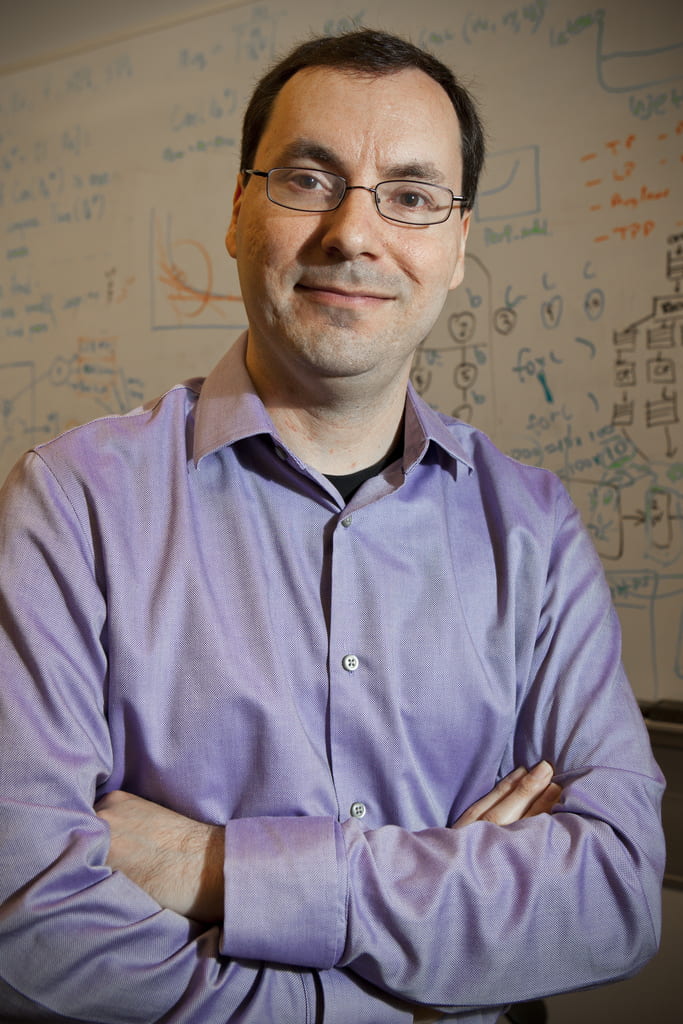David Brooks
Haley Family Professor of Computer Science
John. A. Paulson School of Engineering and Applied Sciences
Harvard University
Research Interests
- Computer Architecture
- Hardware / Software Co-Design of AI Systems
- Energy-Efficient Computing
- Sustainable Computing
Contact
Science and Engineering Complex (SEC)
150 Western Avenue, Allston, MA 02134
Tel: 617-495-3989
Email: dbrooks (at sign) eecs.harvard.edu

Bio
David Brooks is the Haley Family Professor of Computer Science in the School of Engineering and Applied Sciences at Harvard University. His research interests include hardware and software design for computer systems, with an emphasis on energy-efficient computer architectures for high-performance and embedded systems. Several innovations from his research including dynamic thermal management, integrated voltage regulators, and AI hardware/software co-design have been adopted in commercial systems.
Prof. Brooks received his Ph.D. from Princeton University in 2001 and his Bachelors from the University of Southern California in 1997. He has been a Professor at Harvard since 2002 and was a Research Staff Member at IBM from 2001 to 2002. He has previously visited Facebook/Meta for sabbaticals as a research scientist. Prof. Brooks is a Fellow of the ACM and IEEE and has received several honors and awards including the ACM Maurice Wilkes Award, two HPCA Test of Time Awards, and the ISCA Influential Paper Award.